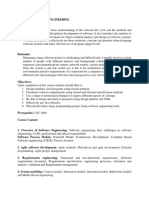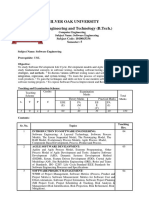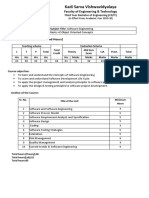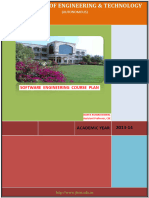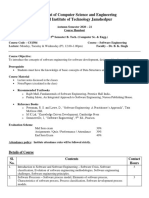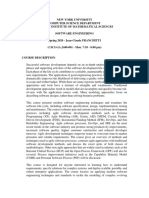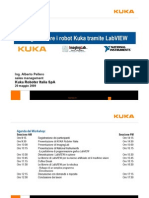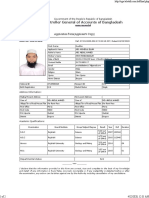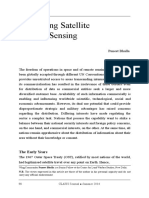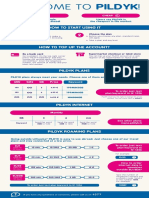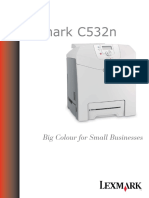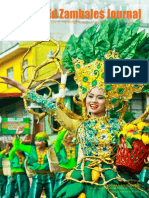0% found this document useful (0 votes)
41 views4 pagesCSC 226 Software Engineering Course Outline
The document outlines the course CSC 226: Software Engineering at Moi University for the academic year 2024/2025, detailing its objectives, expected learning outcomes, and course content. It covers essential topics such as the software development lifecycle, requirements engineering, software design, testing, and project management. Assessment will be based on continuous assessment tasks (40%) and a final examination (60%).
Uploaded by
KenanCopyright
© © All Rights Reserved
We take content rights seriously. If you suspect this is your content, claim it here.
Available Formats
Download as DOCX, PDF, TXT or read online on Scribd
0% found this document useful (0 votes)
41 views4 pagesCSC 226 Software Engineering Course Outline
The document outlines the course CSC 226: Software Engineering at Moi University for the academic year 2024/2025, detailing its objectives, expected learning outcomes, and course content. It covers essential topics such as the software development lifecycle, requirements engineering, software design, testing, and project management. Assessment will be based on continuous assessment tasks (40%) and a final examination (60%).
Uploaded by
KenanCopyright
© © All Rights Reserved
We take content rights seriously. If you suspect this is your content, claim it here.
Available Formats
Download as DOCX, PDF, TXT or read online on Scribd
/ 4




